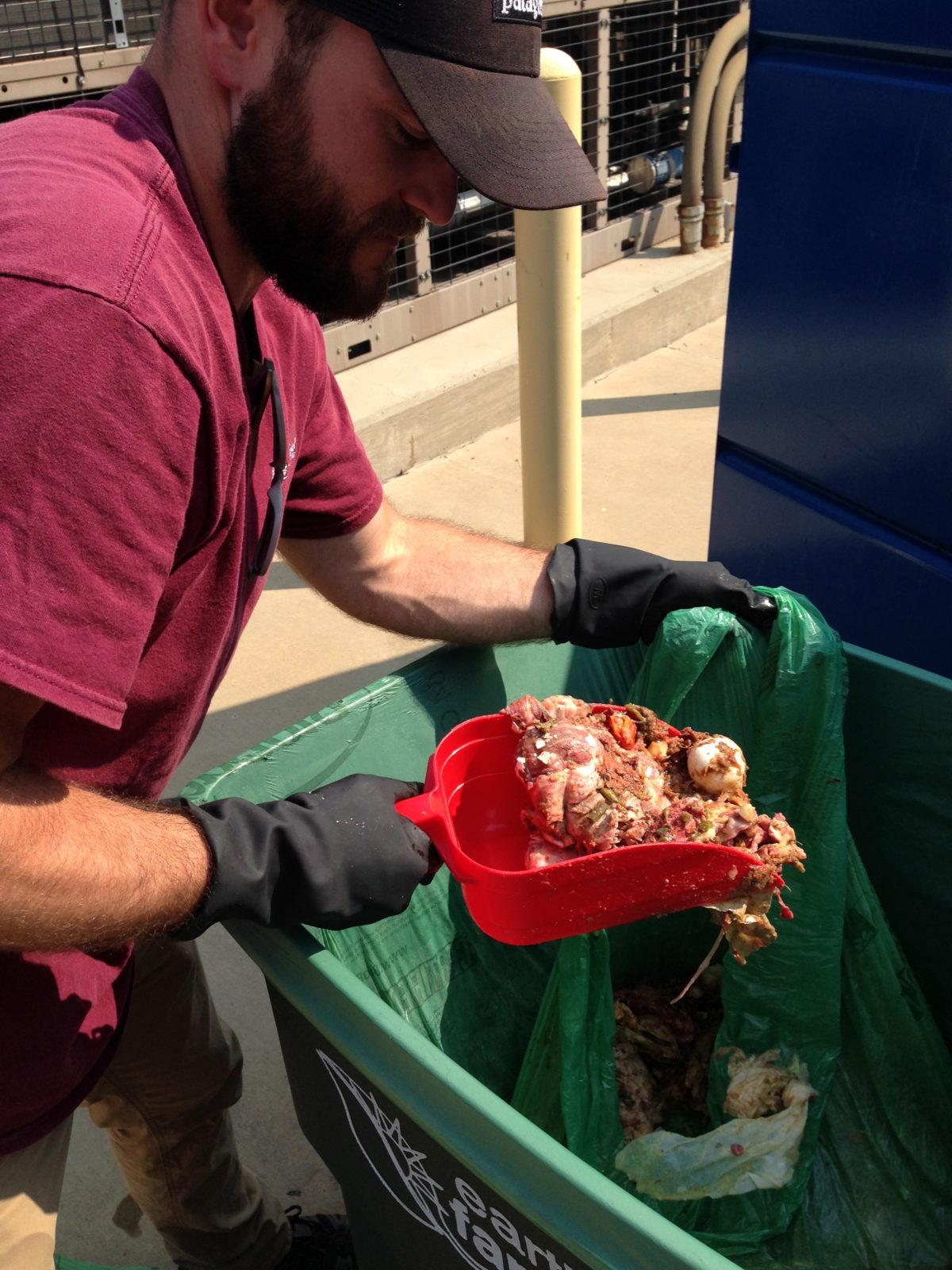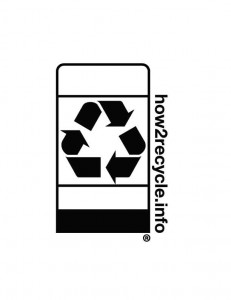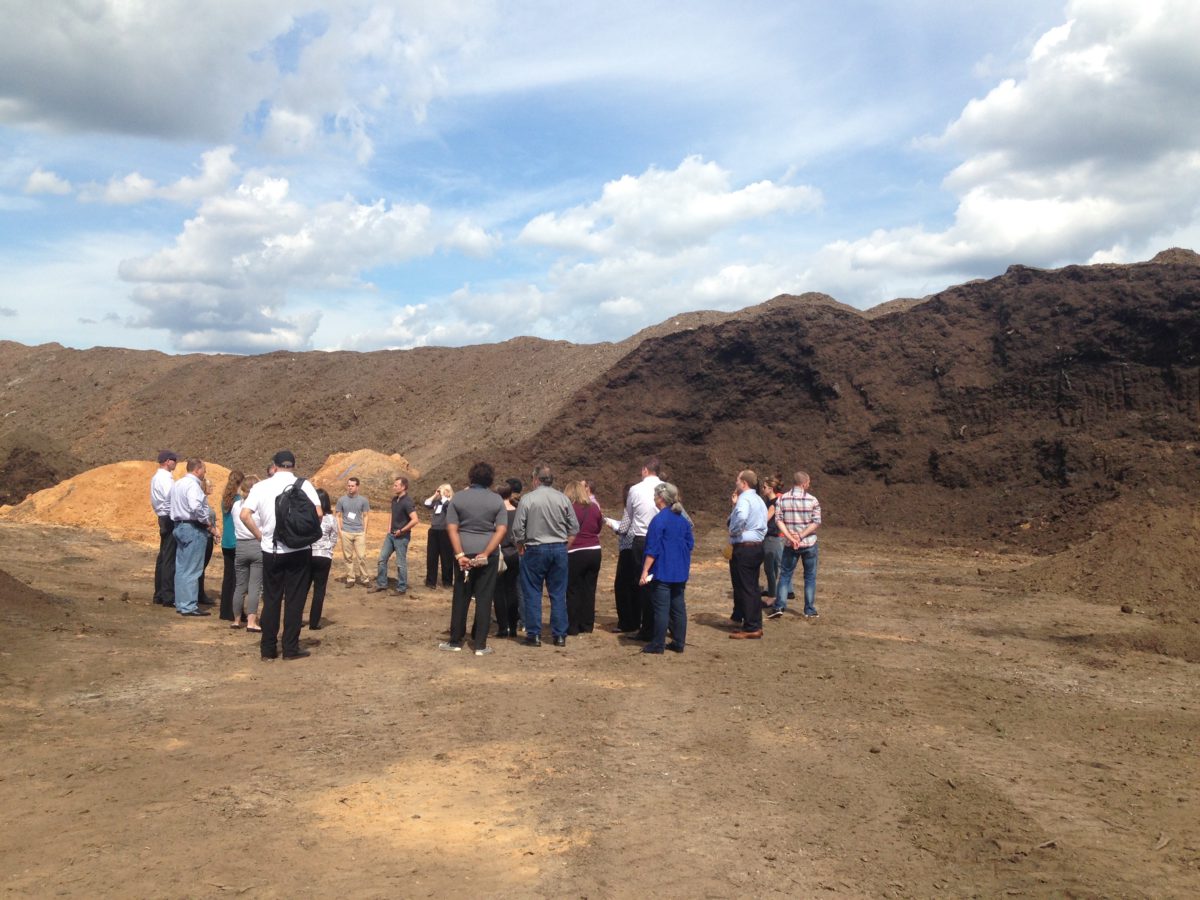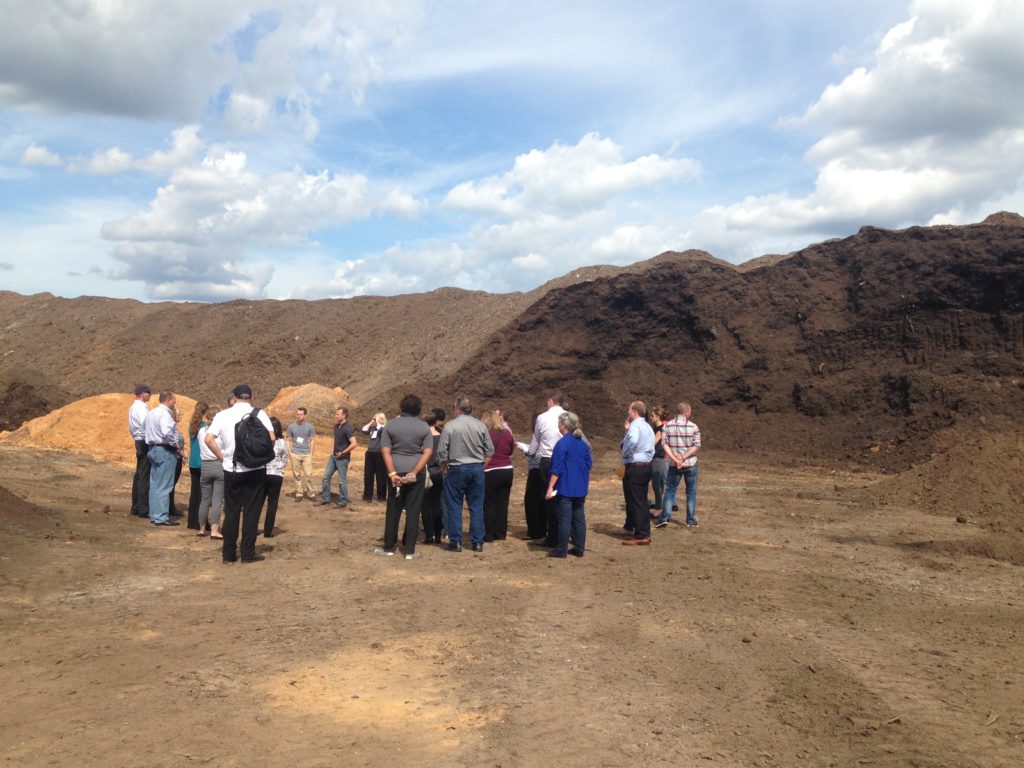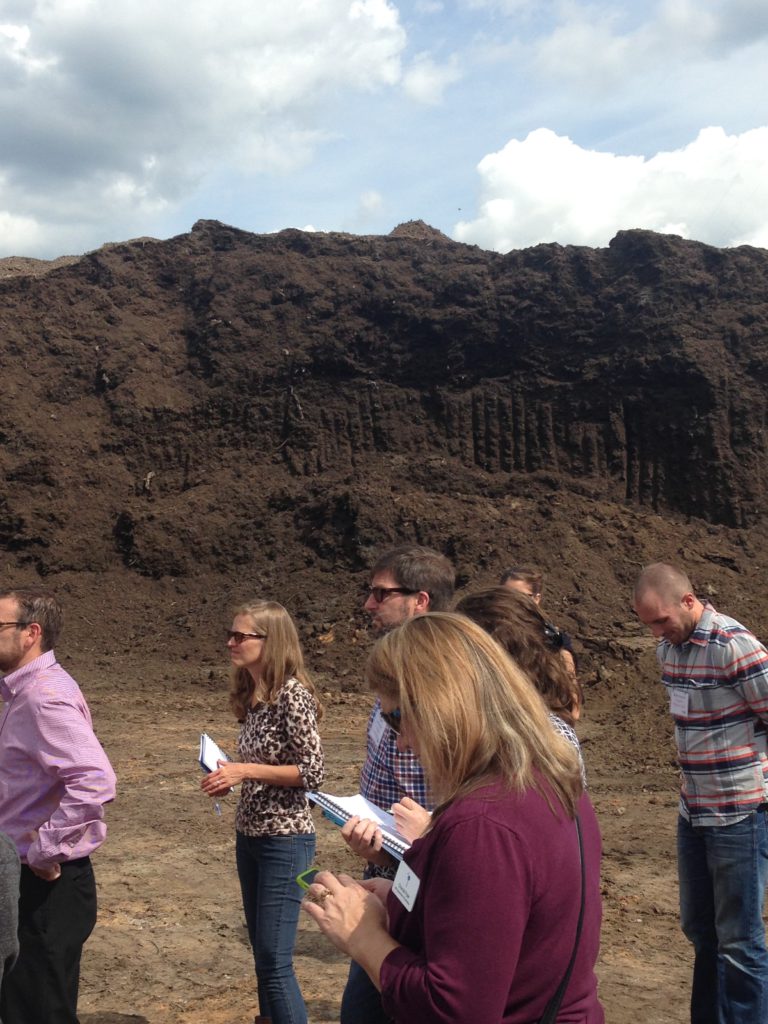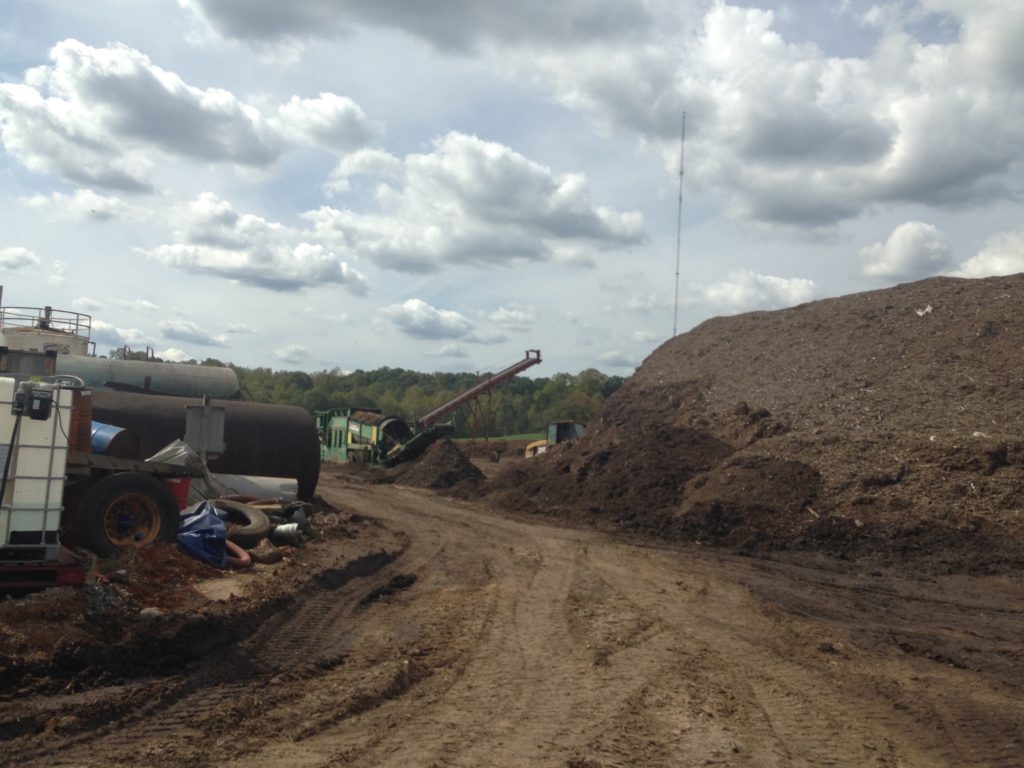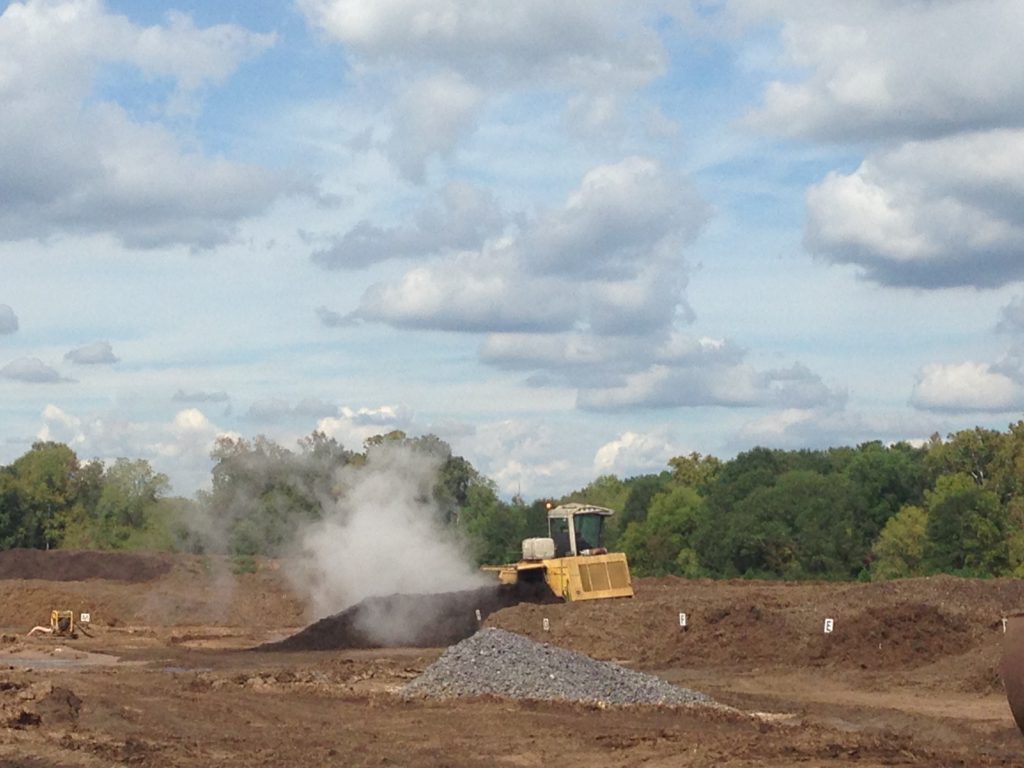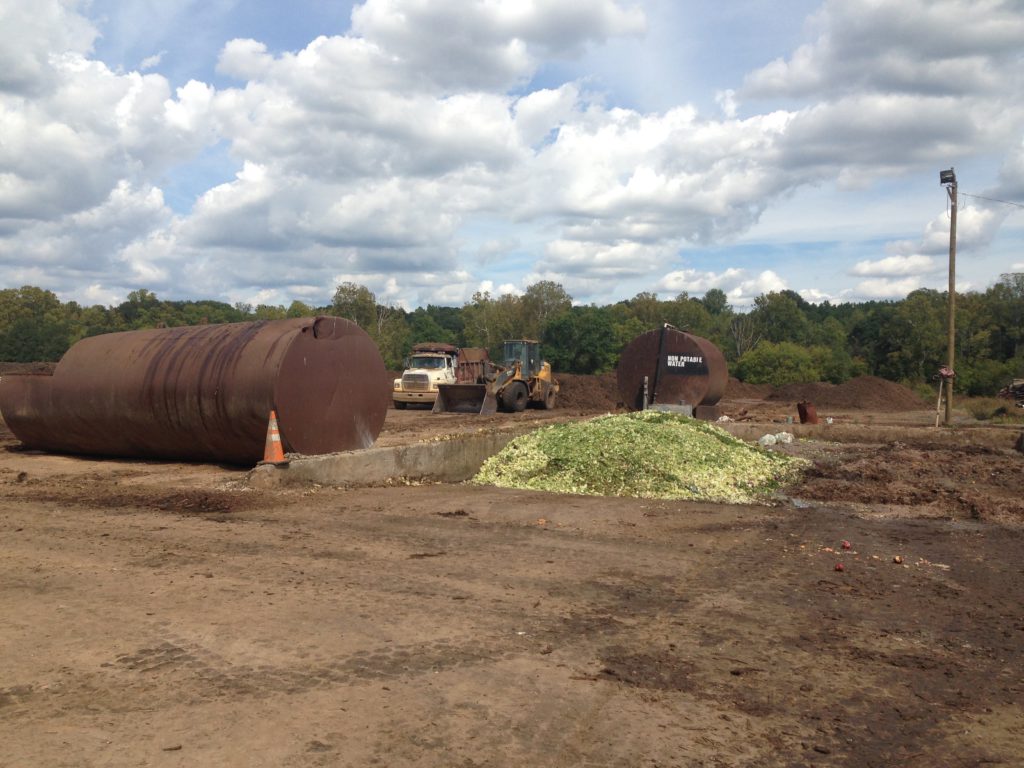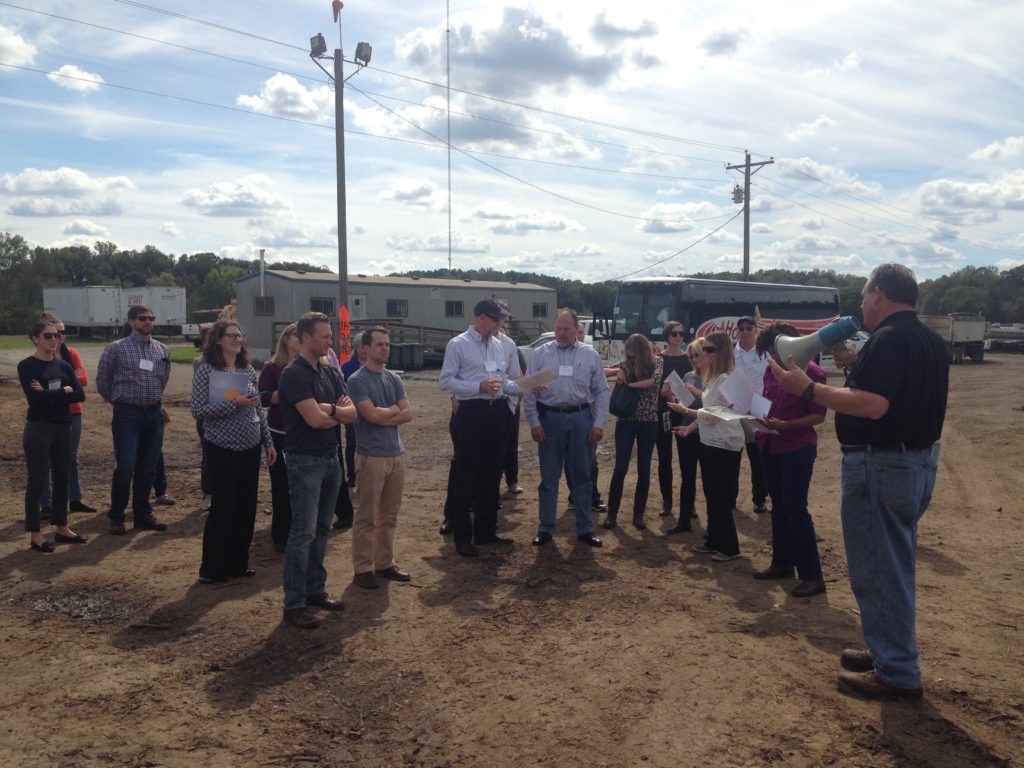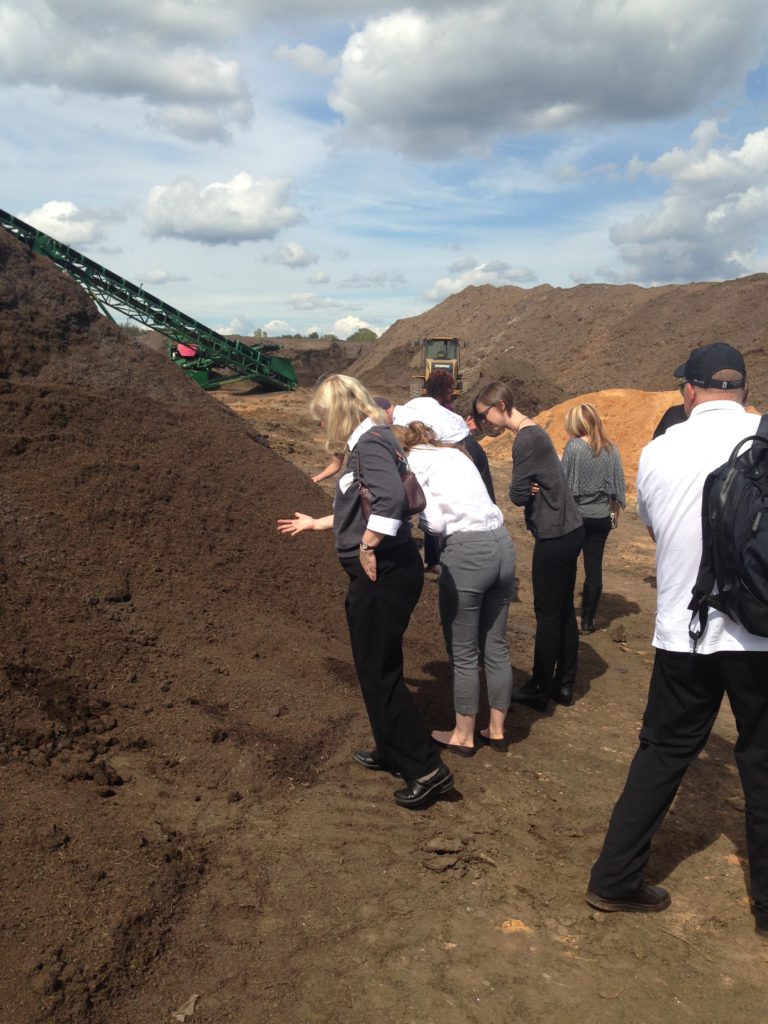The Composting Collaborative gathered on January 21st at the US Composting Council’s annual conference in Atlanta. More than 70 members, including many first-time participants, congregated for a jam-packed afternoon of flashtalks, a thought-provoking discussion on organics measurement, and a workshop on design thinking applied to composting from the Food Well Alliance.
Traversing more than 8 topics, the flashtalks dove into a diversity of issues. To kick off the meeting, Brenda Platt from the Institute for Local Self-Reliance shared an analysis of the importance of home and community-scale composting in the broader organics recycling context. As a small-scale bike-powered hauler based in Athens, GA, Kristen Baskin of Let Us Compost provided a more personal experience of many of the tenets that Platt discussed and shared how Let Us Compost has experimented with loss leaders and creative pricing for commercial clients.
Pivoting towards topics relating to compostable packaging, Camilo Ferro of Renew Packaging discussed a host of challenges that compostable packaging face nationwide. Namely, Ferro highlighted the reality that as “bag bans” have been passed in cities and counties across the country, compostable film bags are often unintentionally subject to restrictions or fees intended for conventional plastic film bags. Lynn Dyer with the Foodservice Packaging Institutecontinued the dialogue on compostable packaging in her flashtalk, sharing high-level results of their recent study that examined the current state of composting infrastructure capable of diverting both food scraps and compostable packaging.
Ending flashtalks on the note of the critical role that measurement and data play, Nora Goldstein, BioCycle editor and Composting Collaborative founding partner, led the group through the most impactful findings discovered in BioCycle’s State of Organics Recycling in the U.S. Report, funded in part by a grant from the U.S. EPA to the Composting Collaborative. Beyond the interesting and valuable findings concerning the number of composting facilities, the size of active facilities, and the materials that they are processing, learnings from the data collection process were perhaps most revealing.
Unfortunately, over the course of multiple large-scale efforts by BioCycle to collect organics recycling data, it has become apparent that the ability for states to collect and synthesize organics recycling information is decreasing, despite the fact that residential organics collection programs and quantity of households with access to organics recycling are on the rise nationwide.
In brainstorming the metrics most important to different stakeholders in the composting supply chain, the Composting Collaborative laid groundwork for much of the organics measurement work slated for 2018, including facilitating discussions among state-level professionals responsible for reporting to better understand gaps, standardize definitions, and determine where data collection breaks down. This conversation will continue at the February 27-March 1 Measurement Matters Summit in Chattanooga, Tennessee and onward into spring and summer 2018 in Collaborative forums.
After exploring the influence of thoughtfully structured organics measurement, the Food Well Alliance’s presentation and workshop about applying design thinking to composting systems was a natural transition. Also based in Atlanta, the Food Well Alliance’s Will Sellers and Britni Burkhardsmeier walked meeting attendees through their unique process of using learning tables, working tables, and design tables that aim to facilitate collaboration between stakeholders and accelerate the process of precise interventions for a resilient food system.
In particular, Sellers and Burkhardsmeier shared the twists and turns throughout the evolution of the design and implementation of a composting pilot that intends to collect food scraps from multi-family buildings, diverting them to decentralized community-scale composting in the immediate local area. Keeping equity, resilience, and healthy food in the front of mind, this pilot is in an early stage of implementation and promises to be a fascinating and scalable case study.
In turn, the the Food Well Alliance’s intuitive inclusion of composting in a larger discussion about fresh food sparked a meaningful discussion about whether this strategy of nesting food waste composting within the broader context surrounding closed loop food systems could be effective on a large scale. With a majority of attendees in consensus that capitalizing on the momentum evident in sustainable food today, reframing food waste composting as one portion of this cycle, rather than a solid waste management strategy, could provide a more accessible engagement strategy to individuals, commercial entities, and governments widely.
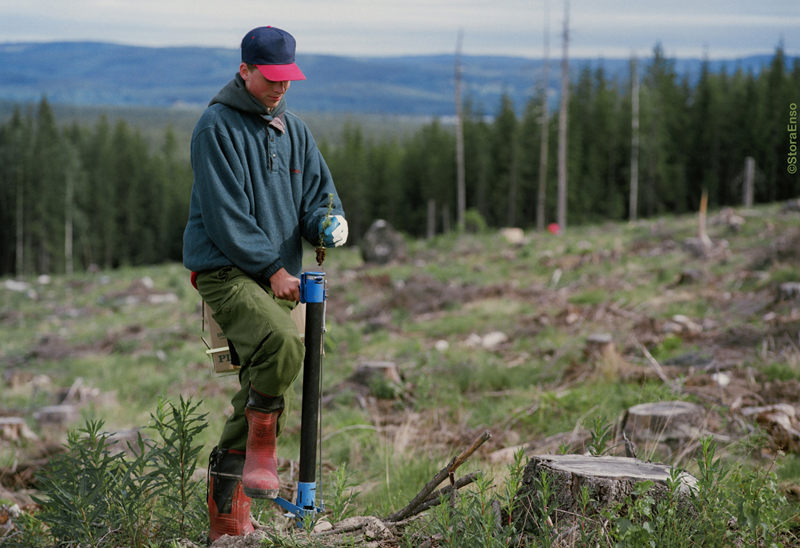
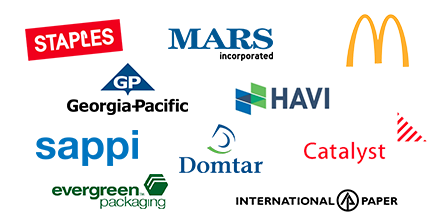
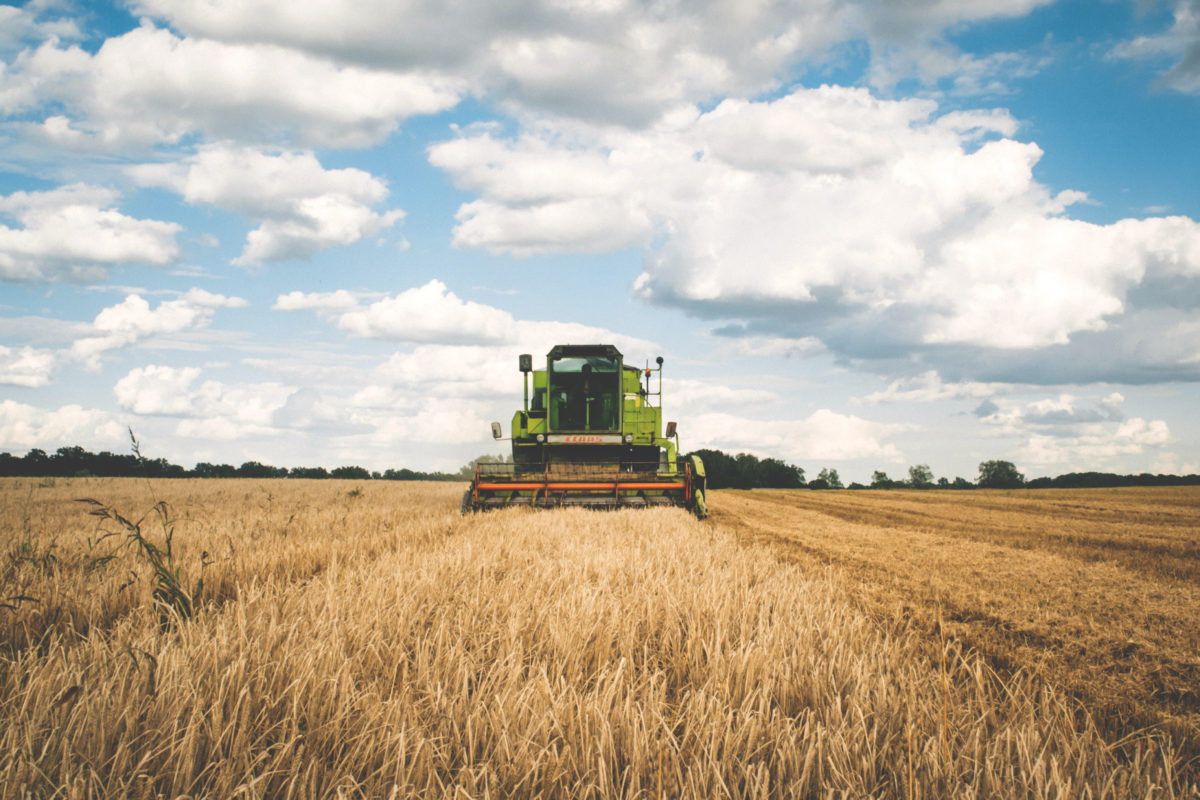
 The label is currently on Kashi products that source from farmlands that are
The label is currently on Kashi products that source from farmlands that are 
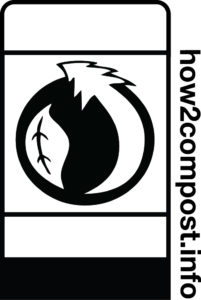 Non-compostable plastic bags that are tinted green,
Non-compostable plastic bags that are tinted green, 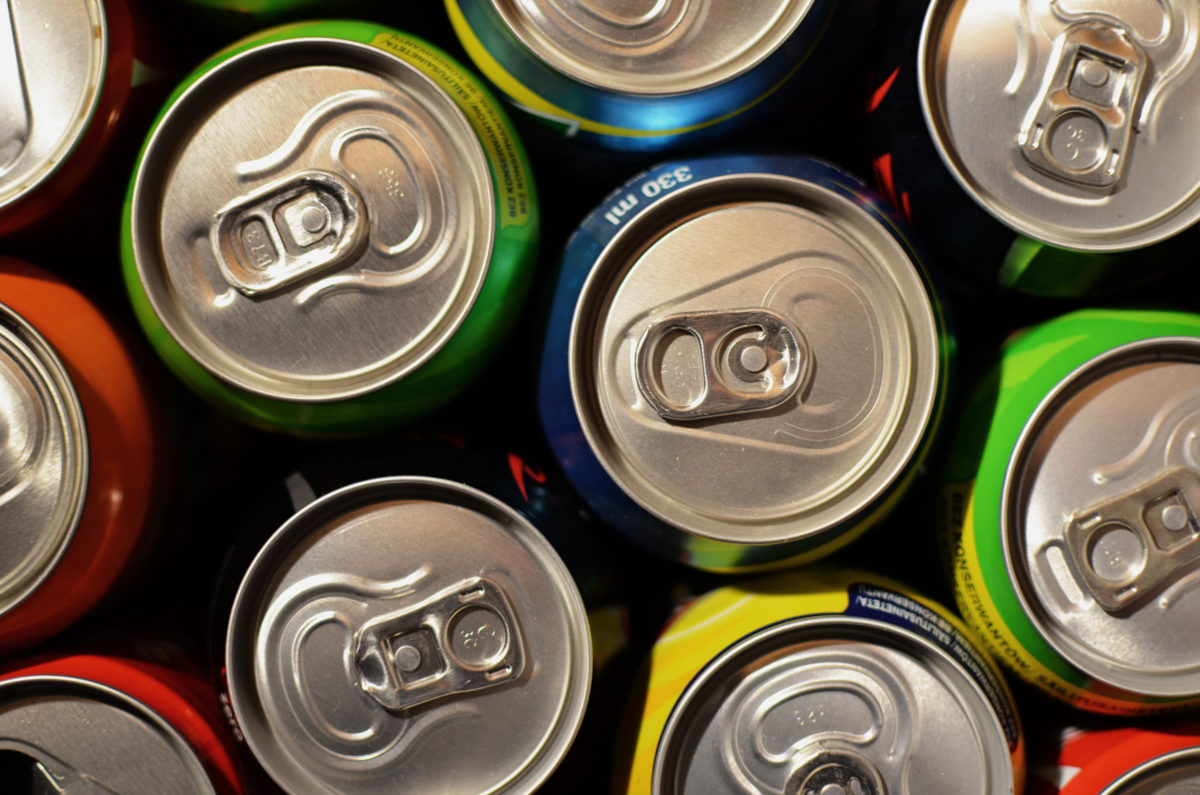

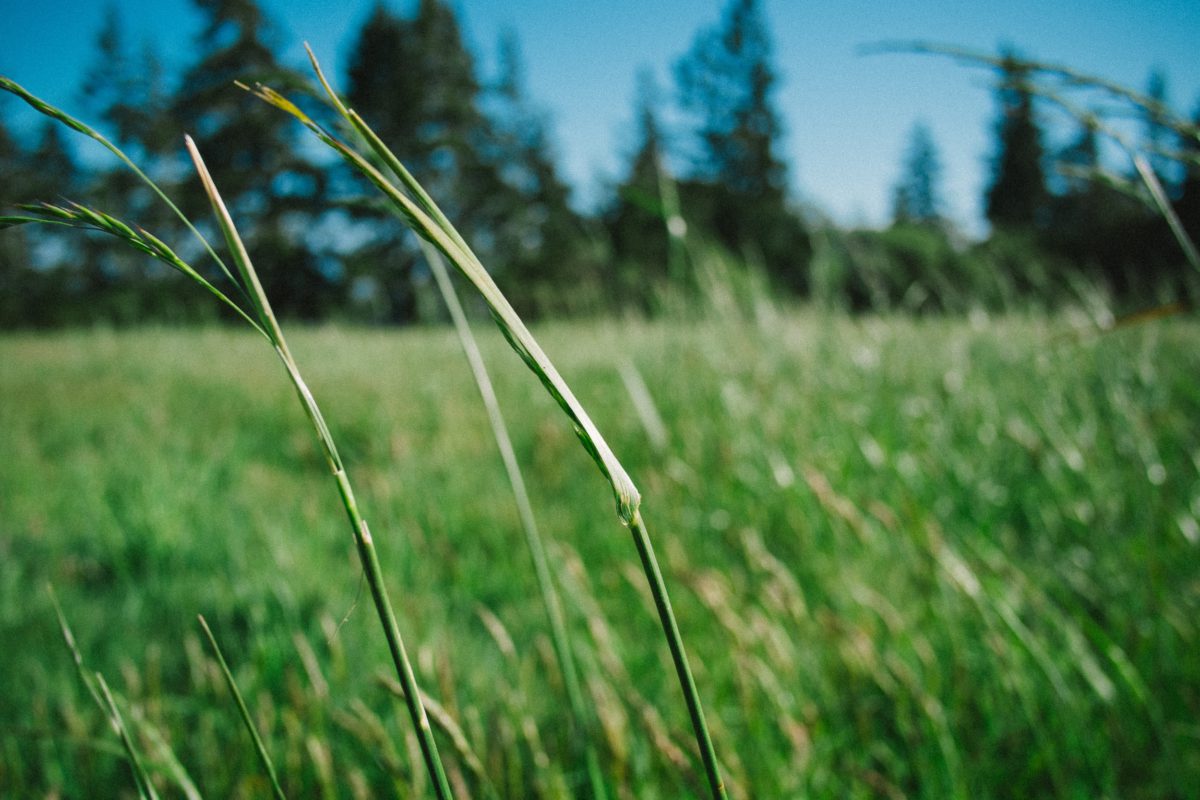

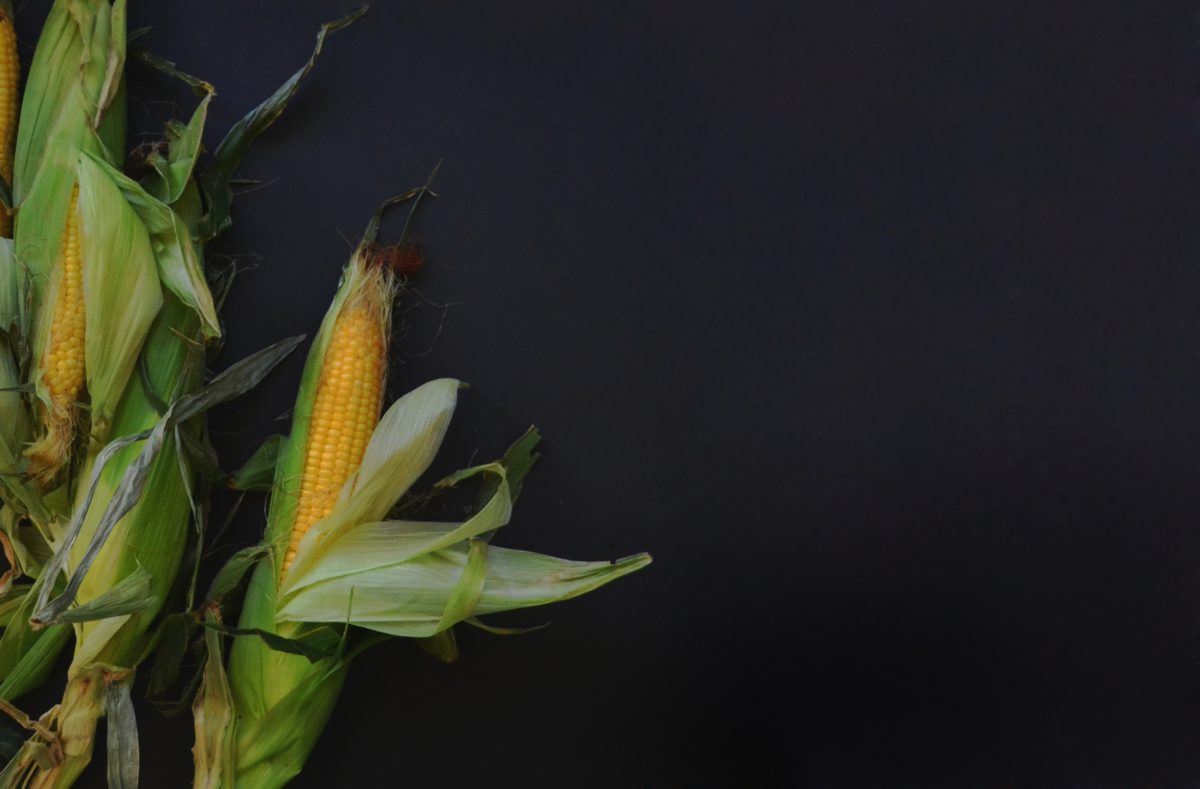

 Consider selecting
Consider selecting 

